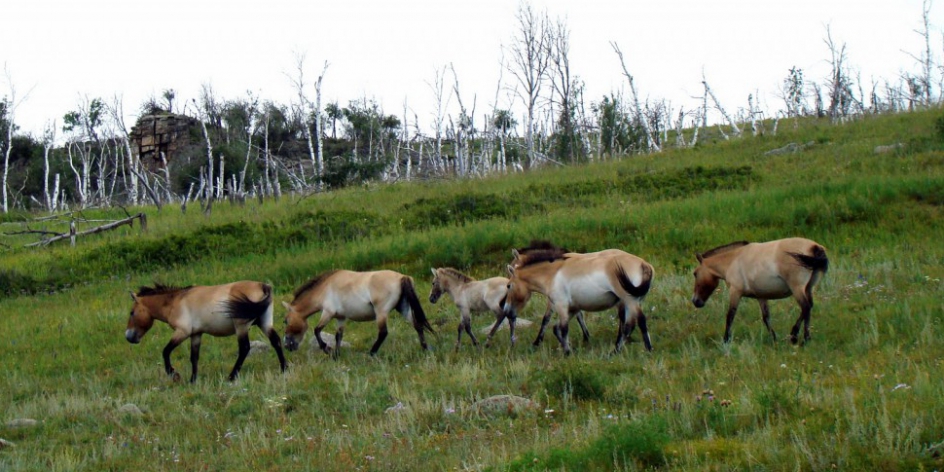
Khustai National Park, also known as Khustain Nuruu National Park, is a protected natural area in Mongolia, located approximately 100 kilometers southwest of the capital city, Ulaanbaatar. Here are some key details about Khustai National Park:
Wildlife Sanctuary: Khustai National Park is renowned for its efforts in preserving the endangered Przewalski's horse (Equus ferus przewalskii), also known as the takhi or Mongolian wild horse. This park played a significant role in the successful reintroduction of the takhi to their native habitat.
Takhi Reintroduction: The park is famous for being the site of the world's first successful reintroduction of Przewalski's horses into the wild in 1992. This accomplishment is considered a milestone in wildlife conservation efforts.
Diverse Ecosystem: Beyond the takhi, Khustai National Park is home to various other wildlife species, including red deer, roe deer, marmots, and over 220 species of birds. The park's diverse ecosystem includes rolling steppes, hilly terrain, and the Tuul River, which runs through it.
Natural Beauty: The landscape of Khustai National Park offers visitors an opportunity to appreciate the beauty of Mongolia's wilderness. The sweeping grasslands and rocky outcrops create a stunning backdrop for wildlife watching and outdoor activities.
Visitor Experience: Visitors to the park can explore the area on guided tours, which provide the opportunity to observe the takhi and other wildlife in their natural habitat. Additionally, the park offers hiking, birdwatching, and photography opportunities.
Conservation and Education: Khustai National Park is not only a sanctuary for wildlife but also serves as an educational and research center for the study of Mongolia's unique flora and fauna.
Khustai National Park is a vital conservation area and a must-visit destination for wildlife enthusiasts and those interested in Mongolia's efforts to protect endangered species. It provides an opportunity to witness the beauty of the Mongolian wilderness and the remarkable success story of the takhi's reintroduction to their native habitat.
